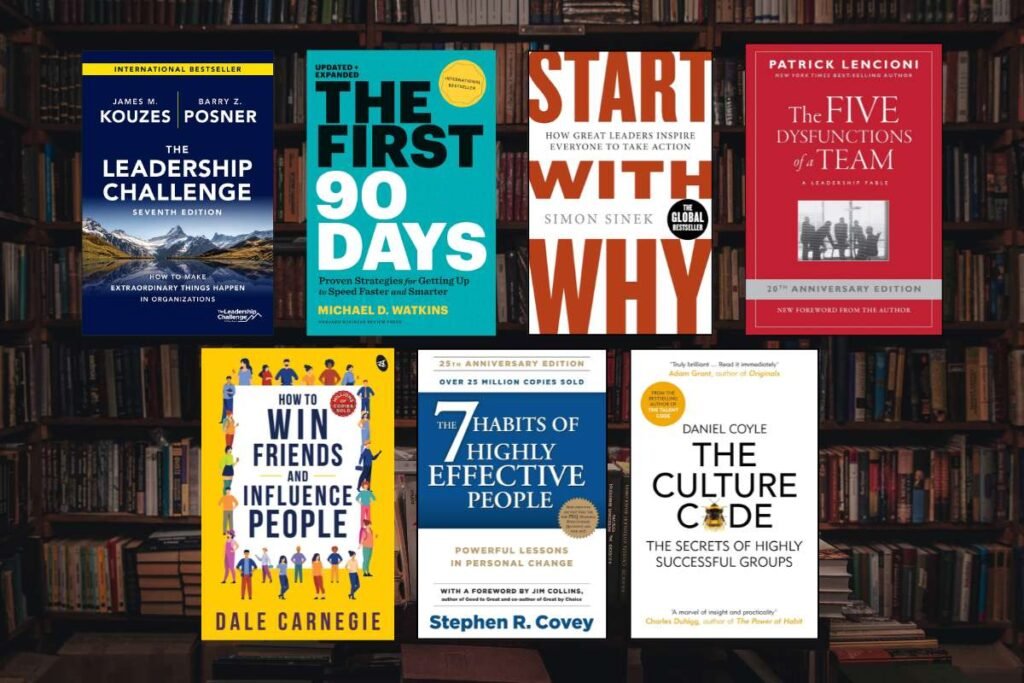Certain stories keep pulling us back, no matter how much time passes. The greatest stories come from both passion and craft working together. The best-selling books of all time prove that stories matter more than we realize.
Writing a bestseller is one thing. Selling 100 million copies across multiple centuries is something else entirely. The numbers behind these books reveal an industry worth billions, authors who changed publishing forever, and readers who made certain stories immortal. Some books sell because of brilliant marketing campaigns. Others become bestsellers because teachers assign them, parents pass them down, or translations carry them across borders into 80 different languages and cultures.
In this article, you’ll find the 18 best-selling books of all time, learn why specific authors went from rejected manuscripts to 500 million sales, see how the publishing business evolved around these individual titles, and understand what separates a popular book from a global publishing phenomenon that never stops selling.
18 Best-Selling Books of All Time
1. Don Quixote

Author: Miguel de Cervantes
Country: Spain
Publication: 1605
Sales: 500+ million
A Spanish gentleman loses his mind reading chivalric romances and embarks on absurd adventures as the delusional knight-errant Don Quixote. Often credited as the first modern and one of the best-selling books, this masterpiece satirizes medieval romance traditions while exploring themes of reality versus illusion. Its immediate success across Europe launched pirated editions within a few years. Despite being written in Spanish, it became universally accessible, proving that authentic storytelling exceeds language barriers. Centuries later, readers still recognize themselves in this flawed, idealistic protagonist chasing impossible dreams.
2. A Tale of Two Cities
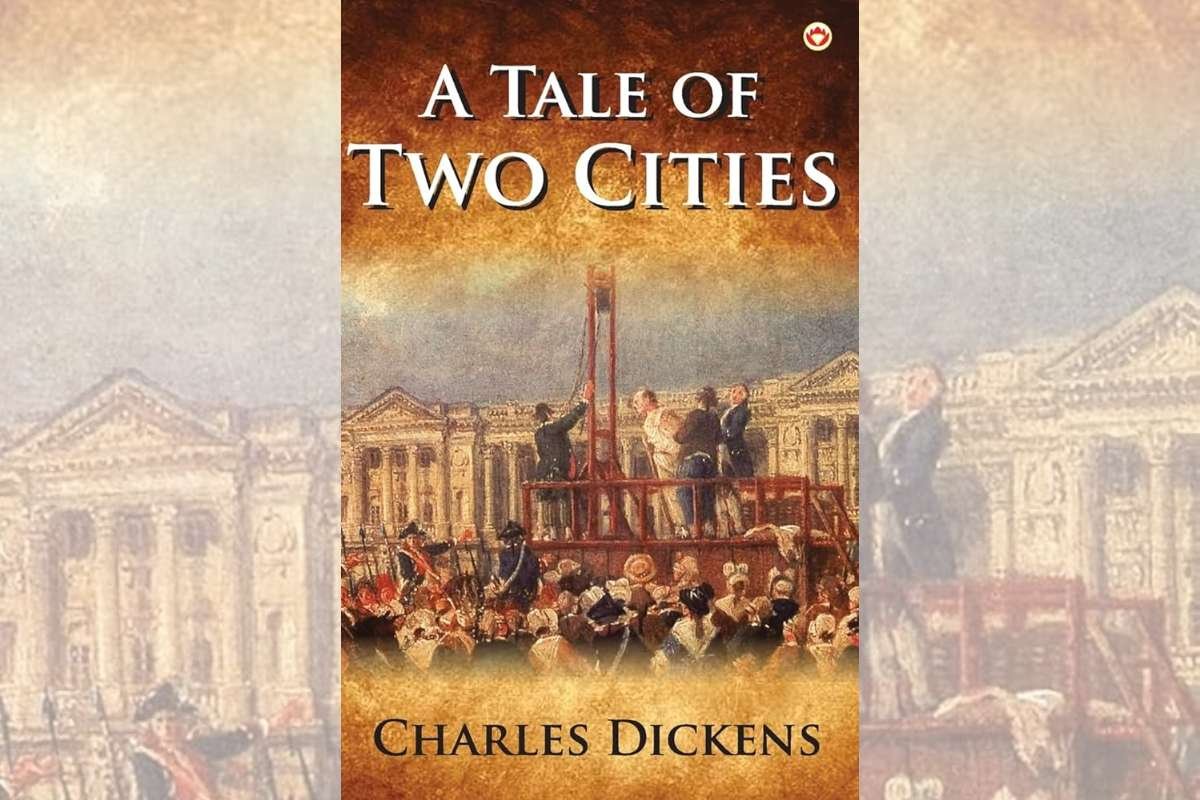
Author: Charles Dickens
Country: United Kingdom
Publication: 1859
Sales: 200+ million
Set during the French Revolution, this historical epic interweaves the fates of Sydney Carton, a dissolute English lawyer, and Charles Darnay, a French aristocrat, through themes of resurrection, sacrifice, and redemption. Dickens’ famous opening, “It was the best of times, it was the worst of times”, immediately captures the novel’s duality. The narrative power, memorable characters, and emotional climax made it enduringly popular. Considered one of the best-selling books of all time, its adoption in schools worldwide ensured a multigenerational readership. Exploring class conflict, personal sacrifice, and love across societal divides resonates with readers regardless of era.
3. The Lord of the Rings
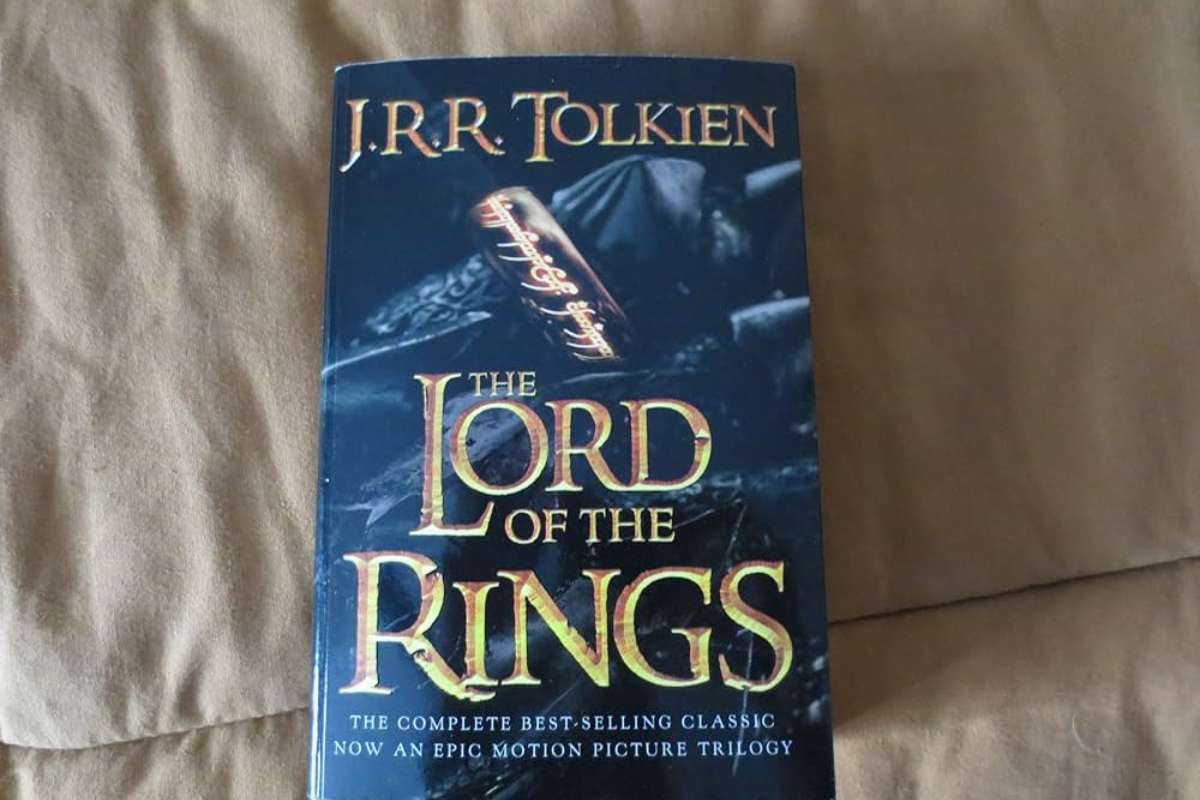
Author: J.R.R. Tolkien
Country: United Kingdom
Publication: 1954-1955
Sales: 150 million
The list of the best-selling books of all time wouldn’t be complete without this classic. This epic fantasy trilogy redefined the genre, establishing templates for world-building, mythology, and quest narratives still followed today. Tolkien’s constructed world, complete with languages, histories, and cosmologies, created immersive escapism. The protagonist’s journey from ordinary Hobbit to accidental hero reflected post-war anxieties about ordinary people in extraordinary circumstances. The trilogy’s philosophical depth, exploring corruption, friendship, and sacrifice, elevates it beyond adventure. Modern film adaptations introduced new generations to Middle-earth. The influence on fantasy literature, gaming, and film remains unmatched across decades.
4. The Alchemist
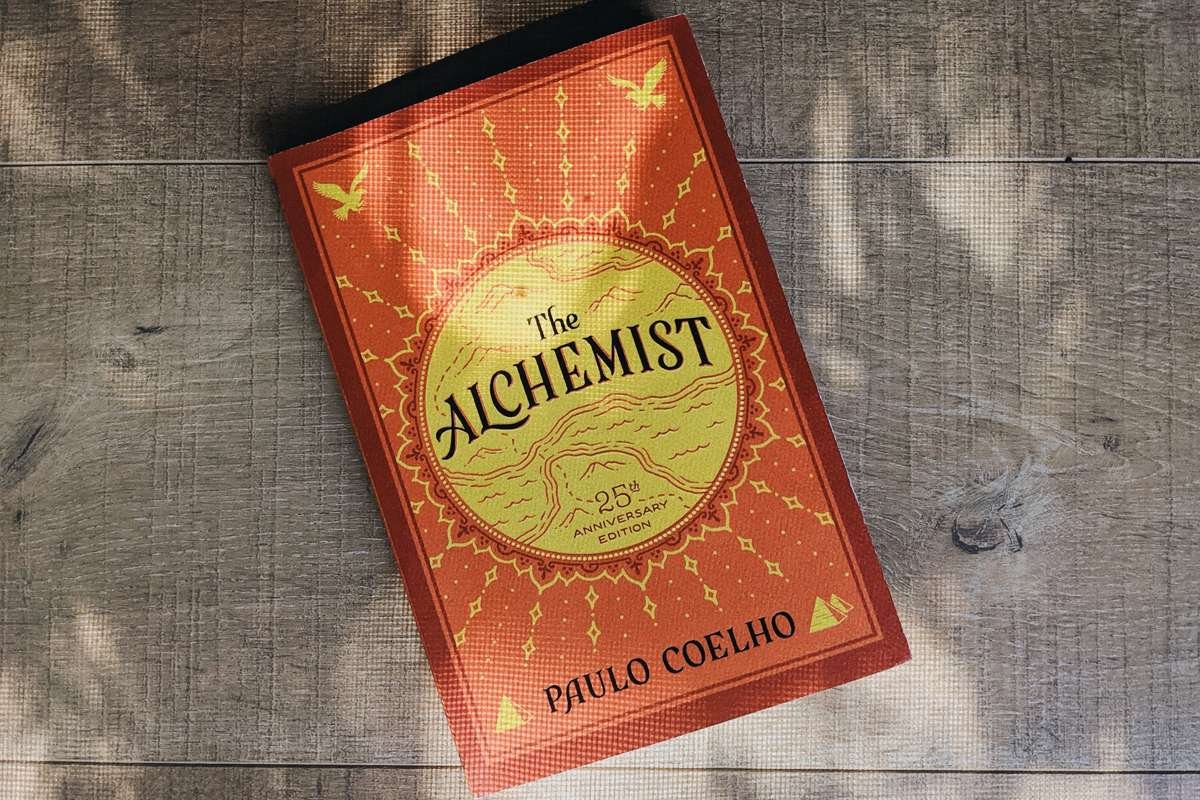
Author: Paulo Coelho
Country: Brazil
Publication: 1988
Sales: 150 million
A shepherd boy’s journey across deserts to find treasure near Egyptian pyramids becomes a spiritual odyssey about following dreams and listening to intuition. Coelho’s deceptively simple prose masks profound philosophical concepts about destiny, personal legends, and the universe conspiring to help those pursuing authentic goals. Written post-spiritual awakening, the book resonates with readers seeking meaning beyond materialism. Its 150 million sales in under 35 years represent remarkable growth, making it a great pick among the best-selling books of all time. Translated into 80+ languages, it flourishes in emerging markets where personal transformation narratives inspire economically ascending populations.
5. The Little Prince

Author: Antoine de Saint-Exupéry
Country: France
Publication: 1943
Sales: 142-180 million
This philosophical fable follows a young prince from asteroid B-612 who visits various planets before arriving at Earth. Published during WWII, it disguises profound meditations on human nature, love, loss, and the importance of seeing beyond superficial appearances behind a whimsical narrative. The iconic illustrations by the author enhance emotional resonance. Remarkably, it appeals simultaneously to children and adults, each finding different meanings. Translated into 300+ languages and dialects, it demonstrates translation’s power in creating global phenomena, earning its place among the best-selling books ever. The book’s themes, caring for what matters and protecting innocence, resonate across cultures and decades.
6. Harry Potter and the Sorcerer’s Stone
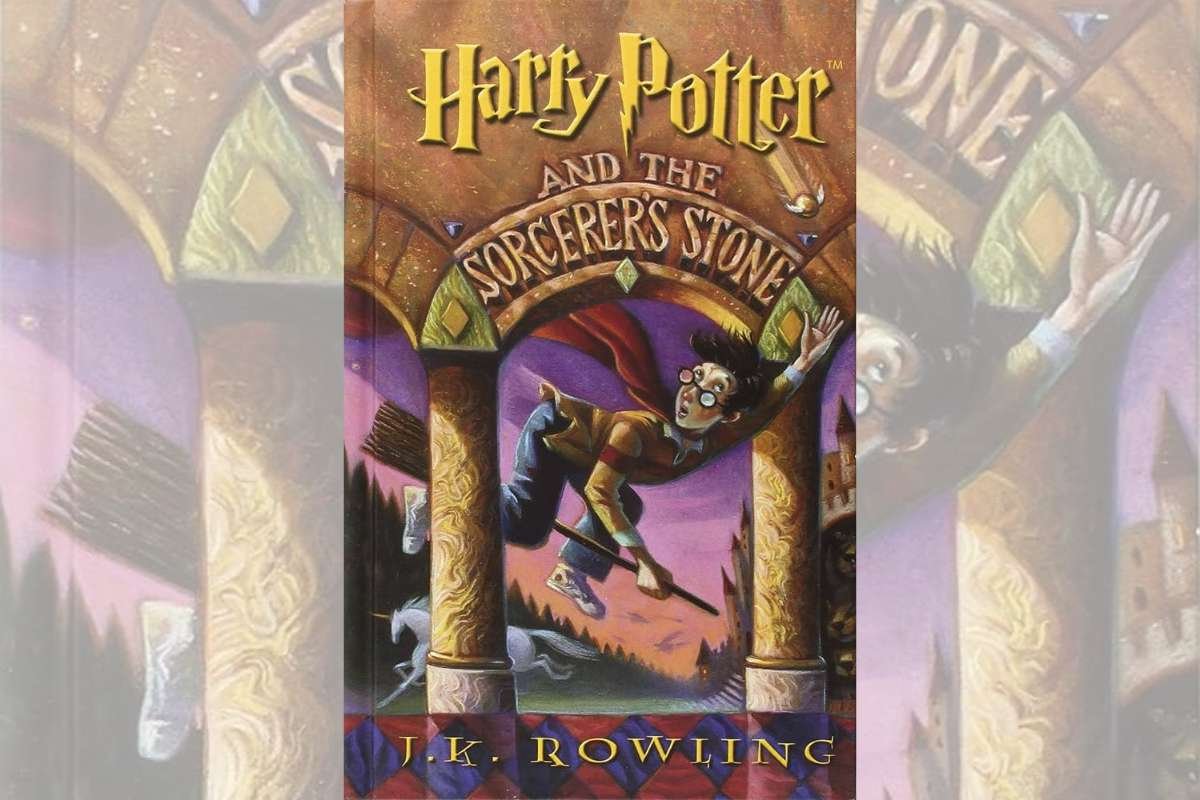
Author: J.K. Rowling
Country: United Kingdom
Publication: 1997
Sales: 120 million
An orphaned boy discovers his magical heritage and attends Hogwarts School of Witchcraft and Wizardry, beginning an epic seven-book saga. This first installment introduced beloved characters, intricate mythology, and a tone balancing childlike wonder with growing darkness. Rowling’s creation of a parallel magical society accessible through hidden platforms captivated readers. The 1997 release coincided with the growing children’s book market and early internet culture, enabling unprecedented word-of-mouth promotion. Subsequent film adaptations introduced billions to the story. The series’s cultural impact transformed children’s literature publishing, proving that young readers supported complex narratives, a legacy fitting for one of the best-selling books of all time.
7. Dream of the Red Chamber

Author: Cao Xueqin
Country: China
Publication: 1791
Sales: 100 million
Among the best-selling books of all time, this sprawling family saga follows the Jia clan’s rise and inevitable decline through the eyes of sensitive protagonist Jia Baoyu. Considered one of the great novels of world literature, it offers unparalleled insights into 18th-century Chinese aristocratic life, relationships, and philosophy. The novel’s psychological depth, complex character relationships, and poetic prose create an immersive world. Despite its significance in Chinese literature, it remains relatively undiscovered by Western readers, suggesting its 100 million sales likely concentrate in Chinese-speaking regions—the novel’s aesthetic beauty and existential meditations on impermanence reward deep engagement.
8. The Hobbit
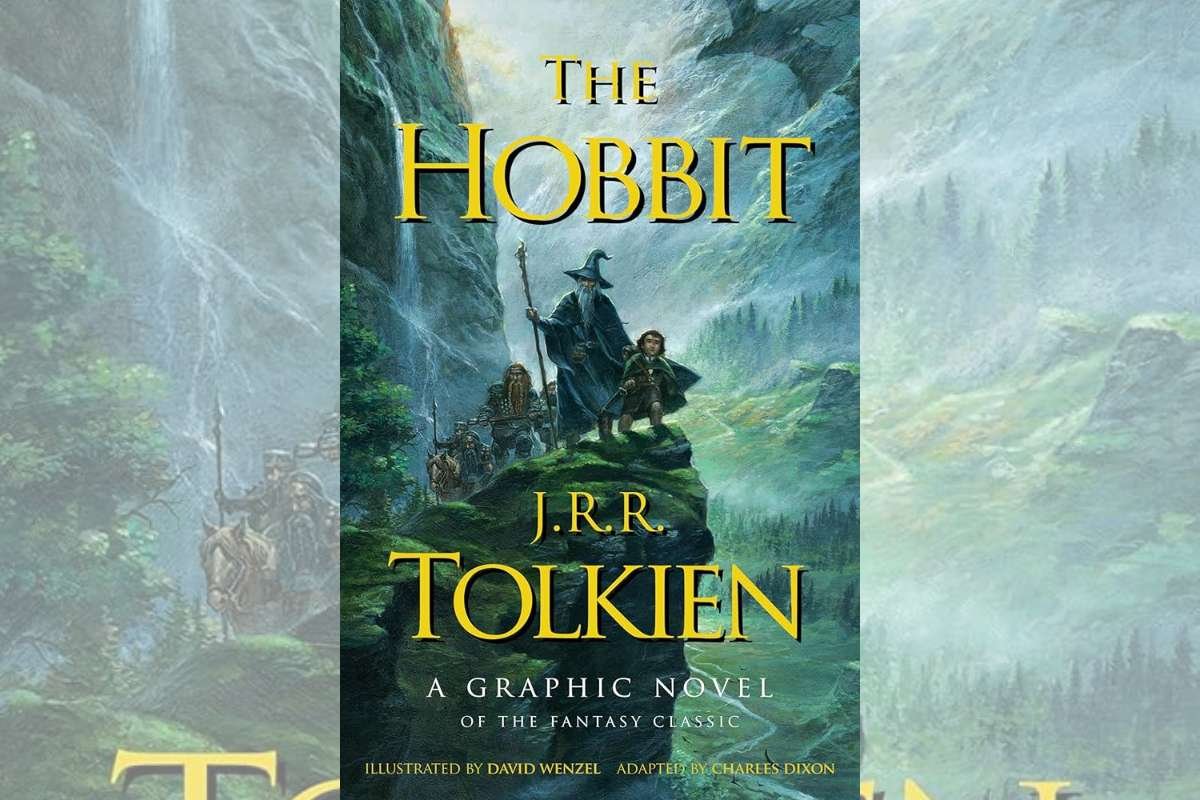
Author: J.R.R. Tolkien
Country: United Kingdom
Publication: 1937
Sales: 100 million
Originally written as children’s literature, this adventure tale, often mentioned alongside some of the best-selling books of all time, follows reluctant hero Bilbo Baggins on a quest with dwarves and wizard Gandalf to reclaim treasure from dragon Smaug. Tolkien’s creation of richly detailed world-building, fantastical creatures, and complex mythology set standards for fantasy literature. The protagonist’s transformation from homebody to resourceful hero resonates across ages. It was published before the trilogy and was a gateway to Middle-earth for generations. The book’s whimsical tone, accessible prose, and thrilling adventure made it beloved globally. The recent film trilogy revived interest among new audiences.
9. Alice’s Adventures in Wonderland
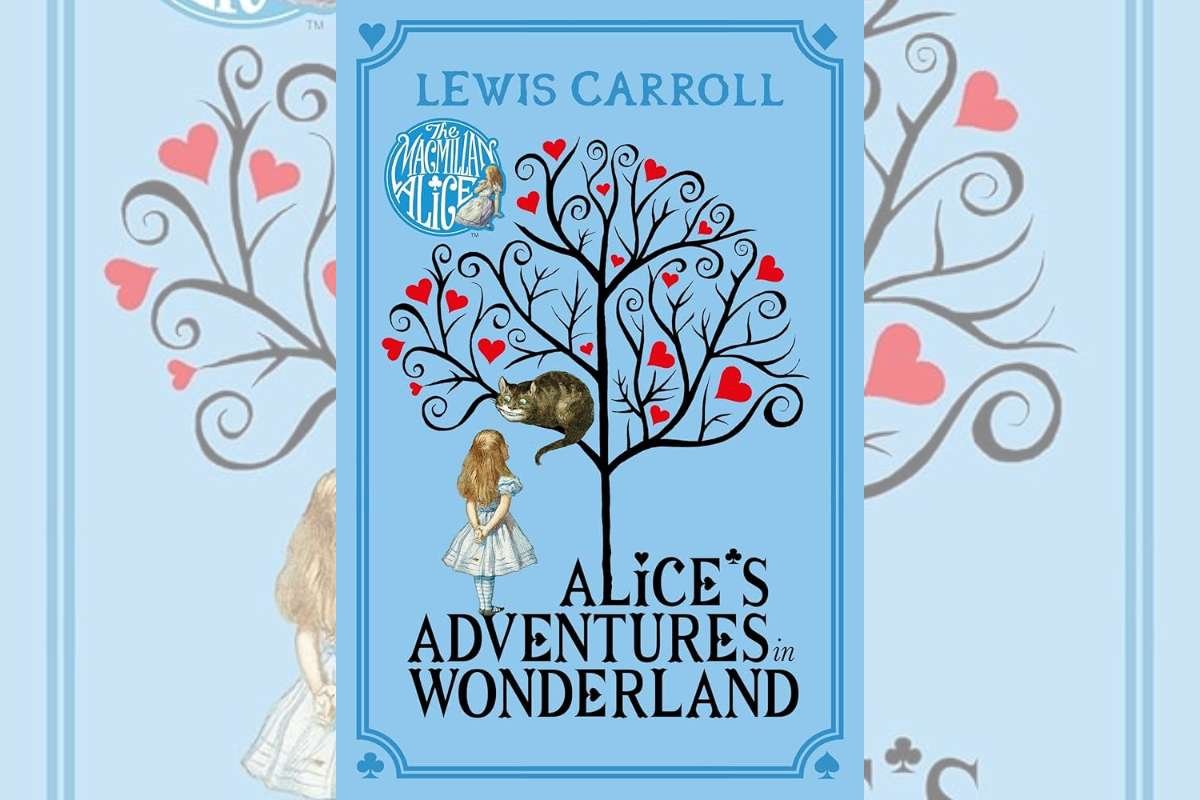
Author: Lewis Carroll
Country: United Kingdom
Publication: 1865
Sales: 100 million
A curious girl tumbles down a rabbit hole into a nonsensical world populated by peculiar characters, the Mad Hatter, Cheshire Cat, and Queen of Hearts, creating surreal adventures. Carroll’s ingenious wordplay, logic puzzles, and absurdist humor appealed simultaneously to children and adults. The narrative subverts Victorian children’s literature conventions, presenting a girl protagonist making independent choices in chaotic worlds. Original illustrations by John Tenniel became iconic, inseparable from the text. Academic interpretations demonstrate the novel’s depth. It’s 100 million sales span 160 years, reflecting Victorian popularity and contemporary cultural relevance.
10. And Then There Were None
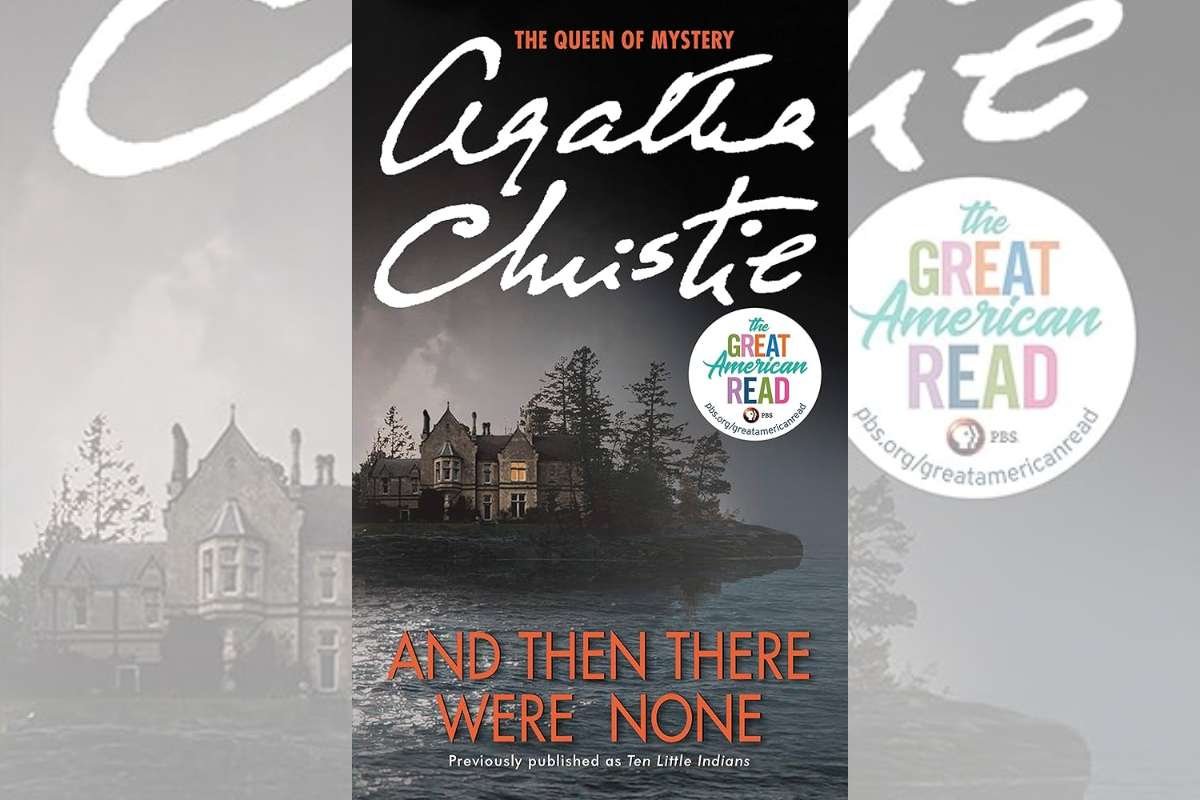
Author: Agatha Christie
Country: United Kingdom
Publication: 1939
Sales: 100 million
Ten strangers, each harboring dark secrets, are summoned to an island where a mysterious voice accuses them of crimes. One by one, they’re eliminated according to a chilling nursery rhyme, leaving readers frantically guessing the killer among shrinking suspects. Christie’s masterwork, often mentioned alongside the best-selling books of all time, achieves perfect narrative tension; the mystery’s solution remains unguessable until revelation. The novel’s psychological complexity, unreliable narration, and locked-room mystery elements influenced crime fiction fundamentally. Its 100+ million sales make it the bestselling mystery ever written. The book’s numerous adaptations across film, theater, and television demonstrate enduring appeal and puzzle-like structure that rewards rereading.
11. The Lion, the Witch, and the Wardrobe

Author: C.S. Lewis
Country: United Kingdom
Publication: 1950
Sales: 85 million
Four siblings discover a magical land called Narnia through a wardrobe, encountering a great lion, Aslan, and the White Witch, whose eternal winter imprisons the kingdom. Among the best-selling books of all time, Lewis’s Christian allegory creates a fantasy that captivates young readers before they comprehend symbolism. The novel combines adventure, wonder, sacrifice, and redemption into an emotionally satisfying narrative. Unforgettable scenes, Turkish delight temptation, and Mr. Beaver’s sacrifice create lasting impressions. Published as the first of a seven-book series, Lewis was established as a master of children’s literature. Schools adopted it as a curriculum staple. It’s 85 million sales reflect generational rereading; parents read as children and to their children.
12. She: A History of Adventure

Author: H. Rider Haggard
Country: United Kingdom
Publication: 1887
Sales: 83 million
Two English adventurers venture into Africa’s heart, discovering a lost civilization ruled by the mysterious and immortal queen Ayesha. Haggard’s exploration narrative tapped Victorian-era fascination with African exoticism, lost civilizations, and imperial adventure. The novel is considered one of the best-selling books of all time for its exotic setting, mysterious queen, and perilous journey, captivating readers seeking escape from industrial England. Though containing problematic racial attitudes reflecting the colonial era, its narrative power and imaginative world-building influenced adventure fiction substantially. Published during the height of imperial romance literature, it became tremendously popular. Its 83 million sales reflect original Victorian audiences and continuous reissuing across generations.
13. The Da Vinci Code
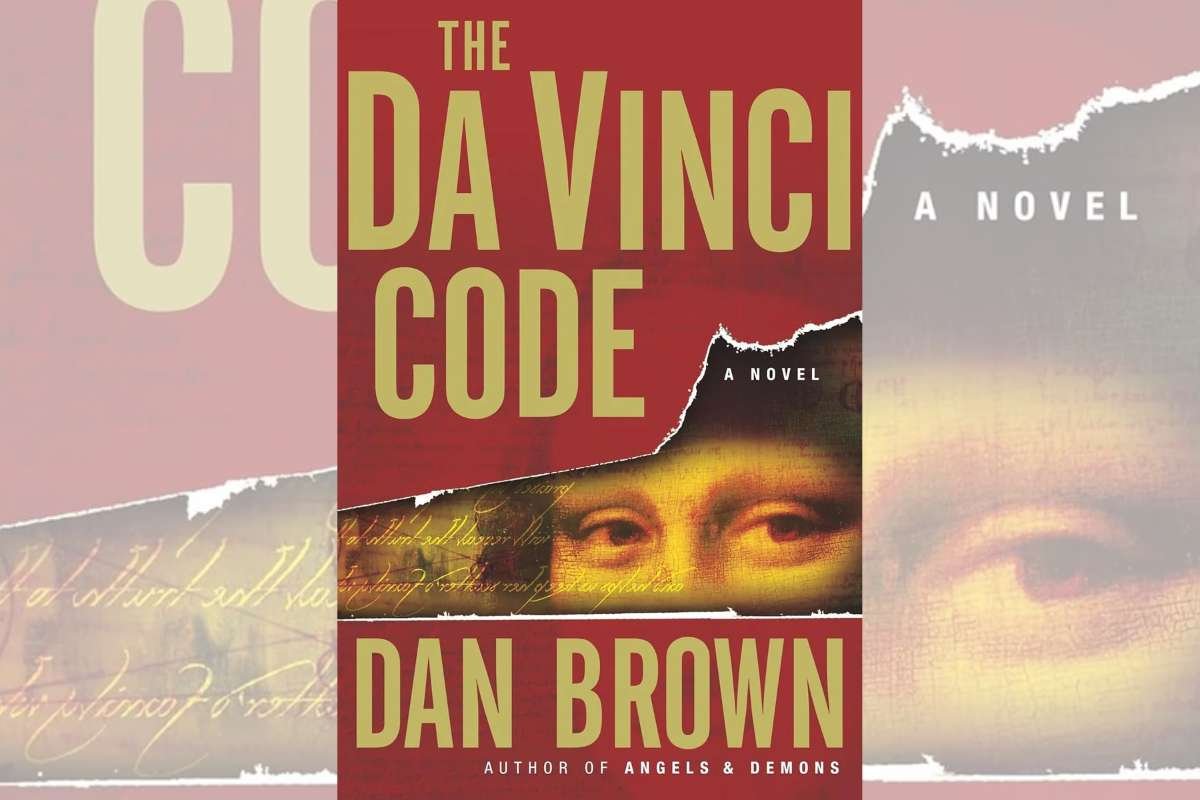
Author: Dan Brown
Country: United States
Publication: 2003
Sales: 80 million
Harvard symbologist Robert Langdon is called to the Louvre after a murder, discovering cryptic clues hidden in Leonardo da Vinci’s art leading to sensational historical conspiracies. Brown’s page-turner combines historical intrigue, religious mystery, and fast-paced thriller elements. The relentless pace, cliffhanger chapters, and tantalizing historical theories kept readers compulsively turning pages. It was published in 2003 and benefited from post-9/11 interest in conspiracy narratives and religious questioning. The 80 million sales in 22 years represent a modern phenomenon, speed, faster than most 19th-century classics. A film adaptation with Tom Hanks introduced billions to the story.
14. The Catcher in the Rye
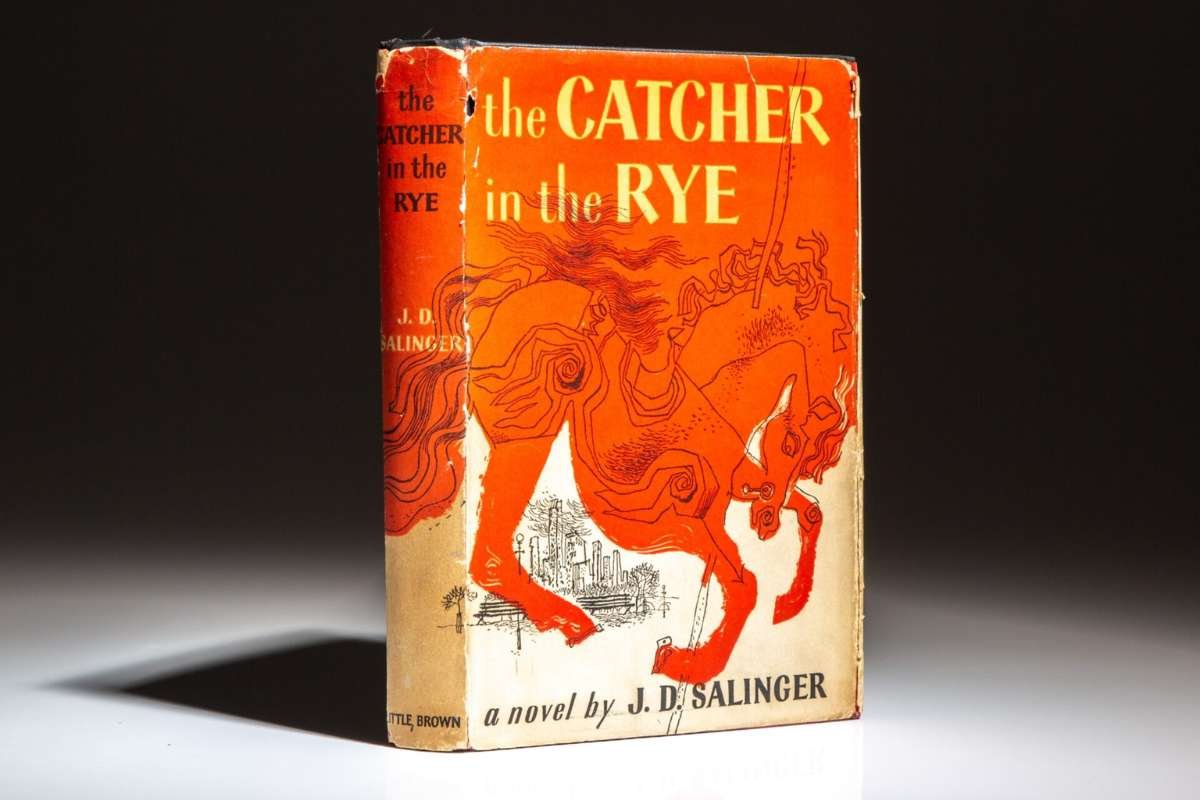
Author: J.D. Salinger
Country: United States
Publication: 1951
Sales: 65 million
Sixteen-year-old Holden Caulfield, cynical and alienated after expulsion from prep school, recounts his chaotic adventures in New York City. Salinger’s groundbreaking novel authentically captured adolescent voiceolden’s rambling, contractions, and emotional vulnerability, which were revolutionary to 1950s readers. His critique of phoniness resonated with post-war anxious youth questioning societal conformity. The novel’s controversial language and anti-establishment tone led to frequent banning attempts, paradoxically increasing its mystique and appeal. Despite censorship, it became canonical in American high schools, and most American readers encounter it during adolescence. Holden’s voice remains startlingly contemporary; adolescents recognize their alienation.
15. One Hundred Years of Solitude

Author: Gabriel García Márquez
Country: Colombia
Publication: 1967
Sales: 50 million
The multigenerational saga of the Buendía family in the fictional town of Macondo blends magical realism with historical cycles of repetition and inevitable decline. Márquez’s masterpiece introduced magical realism to global audiences, accepting magical occurrences as mundane within realistic social contexts. The cyclical narrative, featuring repeated names and situations across generations, explores how families repeat ancestral patterns. Published during the Latin American literary boom, it became synonymous with that movement’s innovations. The novel’s complex non-linear narrative, lush poetic prose, and philosophical meditation on time require engaged reading. Academic institutions prioritize it in literature curricula globally.
16. Anne of Green Gables

Author: Lucy Maud Montgomery
Country: Canada
Publication: 1908
Sales: 50 million
An imaginative orphan girl named Anne Shirley is mistakenly sent to Green Gables farm instead of the expected boy, captivating the elderly Cuthberts and the entire island community. Before lists of the best-selling books of all time were even a thing, Montgomery’s coming-of-age novel celebrated female agency, imagination, and personal growth during the Edwardian era. Anne’s distinctive voice, optimistic despite hardships, creative, and emotionally expressive, created a groundbreaking female protagonist. The novel celebrates nature, friendship, education, and self-determination, appealing to girls seeking alternatives to passive heroines. Published in 1908, it became a Canadian literary icon. Its 50 million sales reflect original popularity and international adoption, particularly appealing to girls seeking stories centered on female experience.
17. Charlotte’s Web
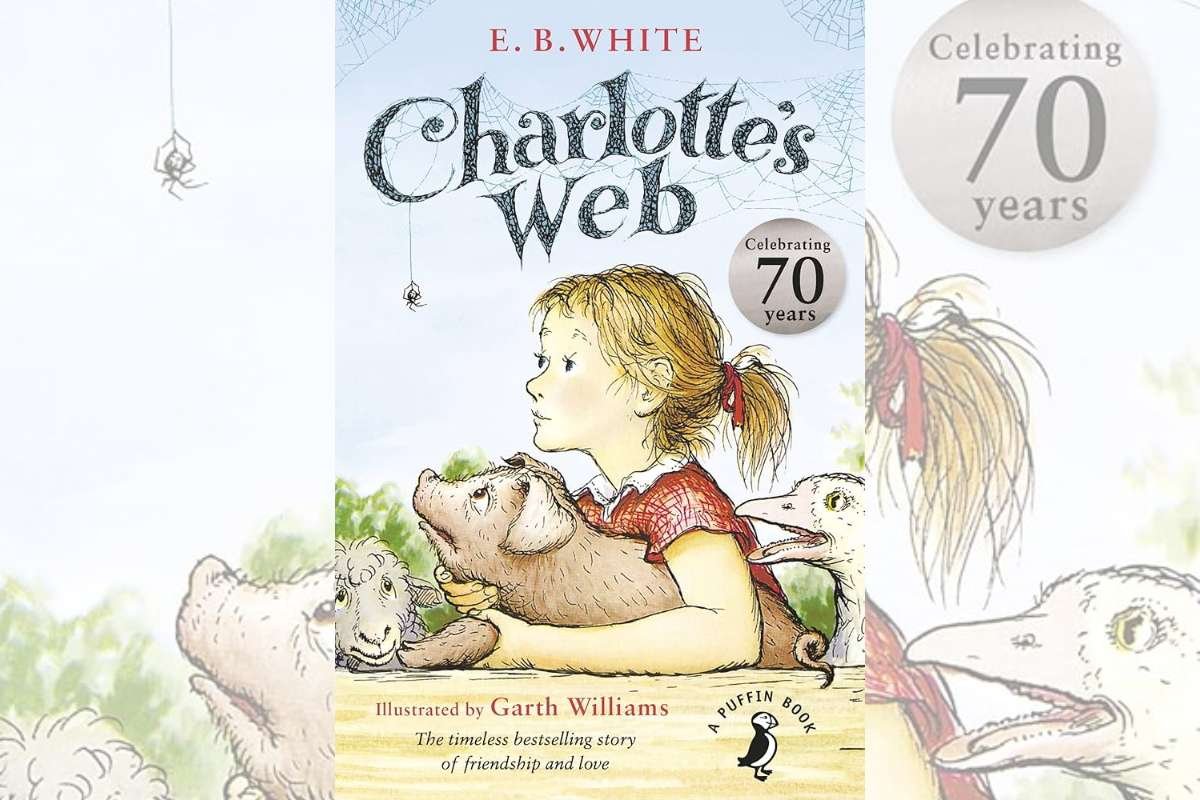
Author: E.B. White
Country: United States
Publication: 1952
Sales: 50 million
Fern’s love saves piglet Wilbur from slaughter, but spider Charlotte’s devoted friendship and ingenious web-spinning ensure his survival while teaching acceptance of life’s cycles. Long before lists of the best-selling books of all time became internet trivia battles, White’s deceptively simple story carried profound wisdom about friendship, mortality, and legacy. The novel’s accessible prose, emotional depth, and Garth Williams’ illustrations created a children’s classic. Though published for children, it resonates with adults encountering themes of loss, sacrifice, and meaning. Its 50 million sales across 73 years reflect continual discovery; each generation reads it as children, gives it to their own children. Reading Charlotte’s Web remains a rite of passage for many.
18. Black Beauty

Author: Anna Sewell
Country: United Kingdom
Publication: 1877
Sales: 50 million
The life story of a black horse unfolds from an equine perspective, charting journeys through various Victorian owners, some kind, many cruel. Readers who discuss the best-selling books of all time often mention Sewell’s work because her first-person equine narration inspired empathy and helped spark early animal-welfare thought. The novel explored horse treatment during the industrial era, when horses filled streets and worked alongside humans. Its 50 million sales over a century and a half reflect rare endurance for Victorian children’s literature. The story’s moral clarity, confronting cruelty while honoring compassion, earned loyalty from generations of young readers. Continued school use supported its legacy, and modern retellings sustain its place in conversations about humane treatment.
What Makes Books Become Bestsellers?
Not every well-written book becomes a bestseller. Talent matters, but so do timing, psychology, and market forces that turn good books into cultural phenomena.
Bestsellers focus on emotional triggers that make readers feel something. Whether it’s the thrill of mystery in Agatha Christie’s work, the escapism of fantasy worlds like Middle-earth, or the hope found in self-help narratives, these books connect deeper than plot alone. When a book makes someone laugh, cry, or rethink their life, they remember it and recommend it to others.
The business side plays an equally important role. Publishers invest heavily in marketing campaigns that generate buzz before release. Social proof drives sales, too. When readers see a book topping charts or getting recommended by people they trust, they feel safer buying it. Amazon’s bestseller badge, Goodreads ratings, and celebrity endorsements are psychological triggers.
Translation multiplies reach exponentially. Paulo Coelho’s The Alchemist sold 150 million copies partly because it reached readers in 80 languages. The Little Prince appeared in over 300 languages. When authors invest in quality translation, they access markets worth billions that would otherwise remain closed.
Timing matters as much. The Da Vinci Code became a phenomenon partly because it arrived when readers craved conspiracy thrillers. Harry Potter launched during a children’s literature boom and benefited from early internet word-of-mouth marketing.
Educational adoption creates sustained sales across generations. When schools assign books like The Catcher in the Rye or Charlotte’s Web, millions of students buy copies yearly for decades. This institutional market keeps specific titles selling long after their initial publication momentum fades.
Translation: How Books Become Global Phenomena
Translation is not just about changing words from one language to another. It’s about opening doors to billions of readers who would never encounter a story otherwise. The Little Prince has been translated into 300 languages and dialects, making it the most translated secular book in history. Paulo Coelho’s The Alchemist went from an unknown Portuguese book to 80 languages and 150 million copies sold. That transformation occurred due to translation investments.
Quality translation matters enormously. A poorly translated book loses its voice and emotional weight. Harry Potter’s success in France came partly from translator Béatrice Laporte’s brilliant work, making it the first English-language book to top France’s bestseller list. Publishers strategically prioritize translation into high-population languages like Spanish, German, French, Mandarin, and Japanese. Books translated into 50 or more languages typically earn three times the revenue of single-language best-selling books of all time.
Yet not every book gets translated widely. Dream of the Red Chamber, one of history’s greatest novels, sold only 100 million copies, far less than highly translated titles. Limited English translation and less aggressive international marketing kept it geographically confined. This gap shows how translation decisions directly determine whether a book remains regional or becomes a global phenomenon, reaching readers across continents.
Conclusion
The best-selling books of all time share one common thread: they give readers something worth remembering. Whether it’s Don Quixote’s impossible idealism, Harry Potter’s magical escape, or Charlotte’s Web’s lessons about friendship, these stories stuck because they meant something real to millions. Sales numbers tell part of the story, but the recommendations, the rereading, and the passing down through families tell the rest. Great books sell once. Timeless books never stop selling.



